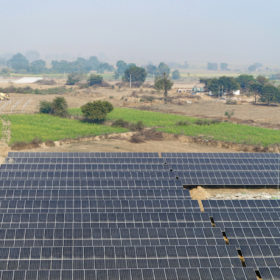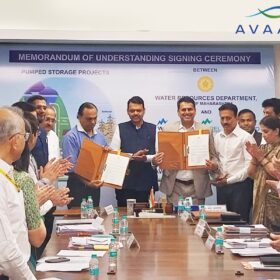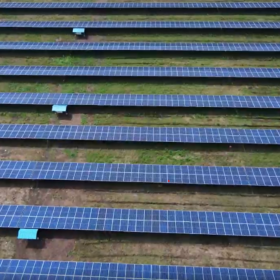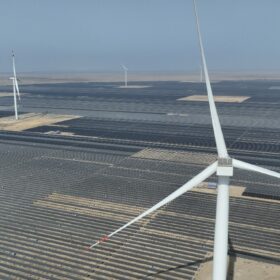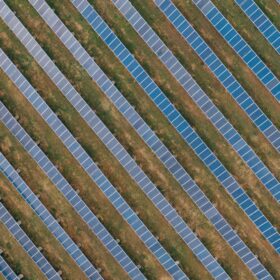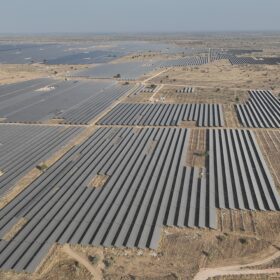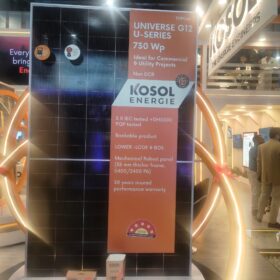Uttar Pradesh launches 110 MW solar tender
Uttar Pradesh New & Renewable Energy Development Agency (UPNEDA) is accepting bids to develop 110 MW of grid-connected PV power capacity across two solar parks in the Kanpur region of Uttar Pradesh.
The Hydrogen Stream: BPCL commissions 5MW green hydrogen plant at Bina refinery
Bharat Petroleum Corp. Ltd (BPCL) has commissioned its first — and one of India’s largest — green hydrogen plant at the Bina Refinery in Madhya Pradesh.
US solar cell production could double in less than two years
US solar cell production is set to double in under two years, driven by growth in domestic content. Anza shares second-quarter 2025 insights into the solar supply chain amid uncertainty.
Adani Green Energy allots 44.9 lakh equity shares to Ardour upon warrant conversion
Adani Green Energy Ltd (AGEL) has approved the conversion of 44.9 lakh warrants into equity shares by Ardour Investment Holding, a member of the promoter group of the Company. Consequently, the promoter group shareholding in AGEL has increased from 60.94% to 61.05%.
Avaada Group signs 3.65 GW pumped storage MoU with Maharashtra
Avaada Group has signed an agreement with Maharashtra government to develop two major pumped storage hydro projects with a combined capacity of 3,650 MW in the state.
Enerparc to set up 35 MWp C&I solar plant in Gujarat
The 35 MWp solar project will supply power to commercial and industrial (C&I) consumers under the open access framework. Early off-takers include industrial players from recycling, automotive, packaging and plastics, and mining sectors.
Adani Green Energy revenue surges 23% to INR 9,495 crore in FY 2025
Adani Green Energy Ltd (AGEL) has posted robust growth in its revenue, EBITDA, and cash profit, driven by a capacity addition of 3,309 MW in FY 2025.
U.S. solar capacity expected to triple in next 10 years
Wood Mackenzie cautioned that policy uncertainty could significantly alter its projections for solar industry growth.
Longi expresses interest in solar manufacturing in Algeria
A delegation from Chinese module maker Longi met with officials from Algeria’s Ministry of Energy and Mining last week to discuss cooperation that would support Algeria’s domestic solar market, including a solar manufacturing facility.
India installed 7.8 GW solar in Q1 2025, says IEEFA
India added 7,782 MW of solar power generation capacity in the Jan-Feb-March period of 2025, the second-highest PV installation in the last 13 quarters, according to a power sector summary by the Institute for Energy Economics and Financial Analysis (IEEFA).
